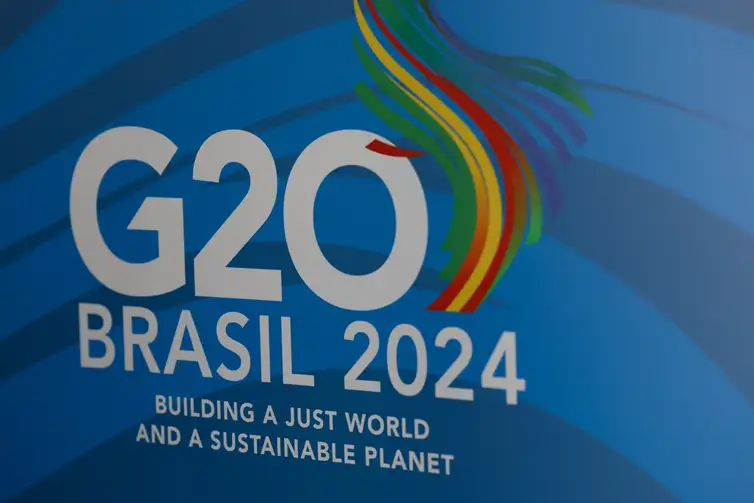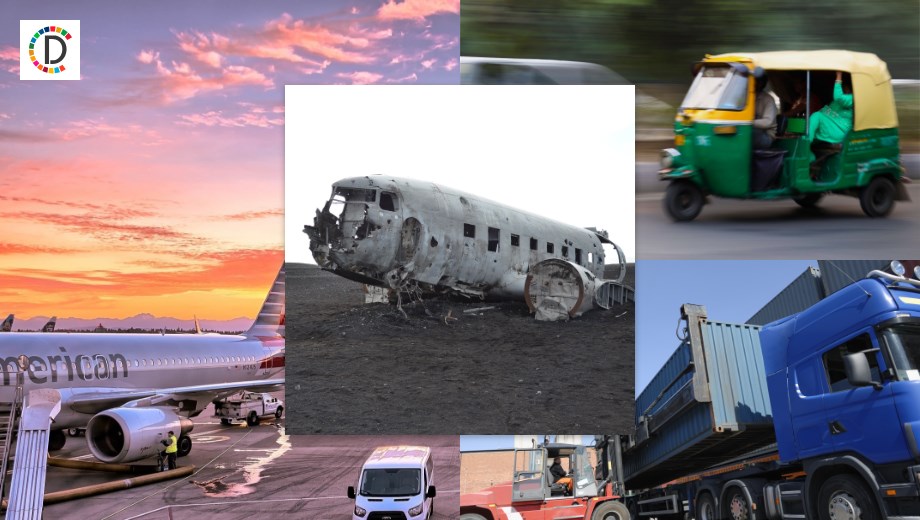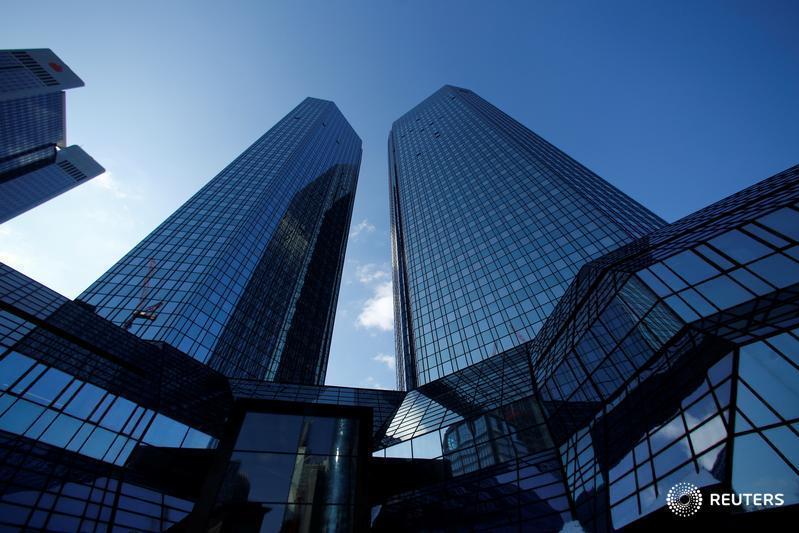Intensified Conflict Threatens Kharkiv's Stability
As Russia attempts to establish a buffer zone around Kharkiv, Ukraine braces for a renewed military onslaught, calling into question the stability of the region and the potential ramifications on international relations.
Published May 12, 2024 - 00:05am

Image recovered from bostonglobe.com
Recent reports from the northeastern front in Ukraine indicate a resurgence of heightened military activity, as Russian forces initiate attacks aimed at breaking through Ukrainian defenses. In a move that could signal the formation of a 'buffer zone' as promised by President Vladimir Putin, the Russian infantry launched an offensive near Vovchansk. In response, Ukraine has mobilized reserve units and anticipates further attacks in the region.
Ukraine's military strategy has been proactive, having predicted the assault in advance. President Volodymyr Zelenskyy confirmed that the country's forces were engaged in fierce combat, demonstrating Ukraine's preparedness. While capturing Kharkiv, Ukraine's second-largest city, may be out of reach for Russian forces, the strategic implications of the attack are manifold, potentially stretching Ukraine's military resources thin and causing civilian upheaval through forced evacuations.
Ukraine's triumphant retrieval of Kharkiv in 2022 bolstered its position, securing military aid from Western countries. At present, the city endures heavy shellings, according to Tamaz Hambarishvili of the Vovchansk administration, driving civilians to seek refuge elsewhere. The intensity of the conflict has persisted into the afternoon, with continued struggles against Russian sabotage and reconnaissance groups.
The attacks extend beyond the immediate battlefield, with Ukraine employing drones to target oil refineries inside Russia, disrupting the Kremlin's war machine. Governor Vladislav Shapsha of the Kaluga region confirmed drone strikes setting oil tanks ablaze. Despite downing seven Ukrainian drones, according to the Russian Defense Ministry, deep strikes into Russian territory such as the recently hit petrochemical facility in the city of Salavat have been reported. Ukrainian intelligence remains silent on these operations.
Moving across the battlefield, a substantial Russian offensive has commenced in the border region at Kharkiv. The ongoing assault has been met with strong resistance, as detailed by the Ukrainian military via the media. With the speculation of a new Russian large-scale attack lingering for weeks, recent developments clarified the gravity of the situation, signaling a potential major surge in Moscow's military initiatives in the Kharkiv area.
Kharkiv Governor Oleh Synehubow informed of intensified bombardments as Russian troops aimed to breach the border. Resolute Ukrainian forces reportedly held their ground, denying Russia any advancements, while civilian evacuations were carried out amid the tumultuous attacks.
Recent reports from the northeastern front in Ukraine indicate a resurgence of heightened military activity, as Russian forces initiate attacks aimed at breaking through Ukrainian defenses. In a move that could signal the formation of a 'buffer zone' as promised by President Vladimir Putin, the Russian infantry launched an offensive near Vovchansk. In response, Ukraine has mobilized reserve units and anticipates further attacks in the region.
Ukraine's military strategy has been proactive, having predicted the assault in advance. President Volodymyr Zelenskyy confirmed that the country's forces were engaged in fierce combat, demonstrating Ukraine's preparedness. While capturing Kharkiv, Ukraine's second-largest city, may be out of reach for Russian forces, the strategic implications of the attack are manifold, potentially stretching Ukraine's military resources thin and causing civilian upheaval through forced evacuations.
Ukraine's triumphant retrieval of Kharkiv in 2022 bolstered its position, securing military aid from Western countries. At present, the city endures heavy shellings, according to Tamaz Hambarishvili of the Vovchansk administration, driving civilians to seek refuge elsewhere. The intensity of the conflict has persisted into the afternoon, with continued struggles against Russian sabotage and reconnaissance groups.
The attacks extend beyond the immediate battlefield, with Ukraine employing drones to target oil refinaries inside Russia, disrupting the Kremlin's war machine. Governor Vladislav Shapsha of the Kaluga region confirmed drone strikes setting oil tanks ablaze. Despite downing seven Ukrainian drones, according to the Russian Defense Ministry, deep strikes into Russian territory such as the recently hit petrochemical facility in the city of Salavat have been reported. Ukrainian intelligence remains silent on these operations.
Moving across the battlefield, a substantial Russian offensive has commenced in the border region at Kharkiv. The ongoing assault has been met with strong resistance, as detailed by the Ukrainian military via the media. With the speculation of a new Russian large-scale attack lingering for weeks, recent developments clarified the gravity of the situation, signaling a potential major surge in Moscow's military initiatives in the Kharkiv area.
Kharkiv Governor Oleh Synehubow informed of intensified bombardments as Russian troops aimed to breach the border. Resolute Ukrainian forces reportedly held their ground, denying Russia any advancements, while civilian evacuations were carried out amid the tumultuous attacks.
The tactical maneuvers of the Russian military suggest a multi-pronged approach to this conflict. Analysts observe that through its sharp escalation of force, Russia may be seeking to test the resilience of Ukrainian forces and the response time of the international community in terms of military support. The evolving nature of the Ukrainian defense, mixed with strategic counter-offensives, has left the situation in a volatile state of flux. The world watches closely as these events unfold, with the potential for a wider confrontation or a diplomatic breakthrough to end the current escalation.
Local sources in Kharkiv report that citizens have been living with the constant rumble of artillery in the near distance. The human cost of this conflict is rising as residential areas have occasionally come under fire, despite attempts to keep the fight away from civilian population centers. The Ukrainian government has been putting in efforts to establish evacuation corridors, providing civilians with routes to relative safety, some moving further west, others crossing borders into neighboring countries for asylum.
The continued show of resilience by the Ukrainian army has played a crucial role in maintaining morale both on the frontlines and among the civilian population. The country's ability to reconstruct its defensive lines, after suffering setbacks, shows a high level of adaptability and strategic acumen. This determination is further reinforced by the influx of international support, including military hardware, intelligence sharing, and training programs designed to fortify Ukraine's defense capabilities.
With the approach of winter, concerns are also mounting regarding the humanitarian situation. International aid organizations are bracing for winter conditions that may severely impact the displaced population's ability to stay warm and access to basic necessities like food and medical supplies. In addition to the direct military engagements, these socio-economic factors are likely to play an increasingly important role in the conflict's dynamics as colder weather sets in.
The international community remains divided on their respective positions regarding the Russian-Ukrainian conflict. Sanctions from Western nations continue to target Russia's economy, aiming to deter further aggression. Meanwhile, diplomatic talks are ongoing, albeit with limited progress, to bring a peaceful resolution to a conflict that has drawn global attention since its inception. It is becoming increasingly clear that the resolution to this situation will require a multifaceted approach, dealing with the immediate military confrontations as well as the long-term political, social, and humanitarian implications of the war.
In conclusion, the escalation of military activity in eastern Ukraine serves as a stark reminder of the volatility that persists in this region. The international community watches anxiously as consecutive strikes and counter-strikes shape the reality on the ground. How the situation develops from here depends on a complex interplay of military strategy, diplomacy, and adherence to international norms, with far-reaching consequences for both regional and global stability.






